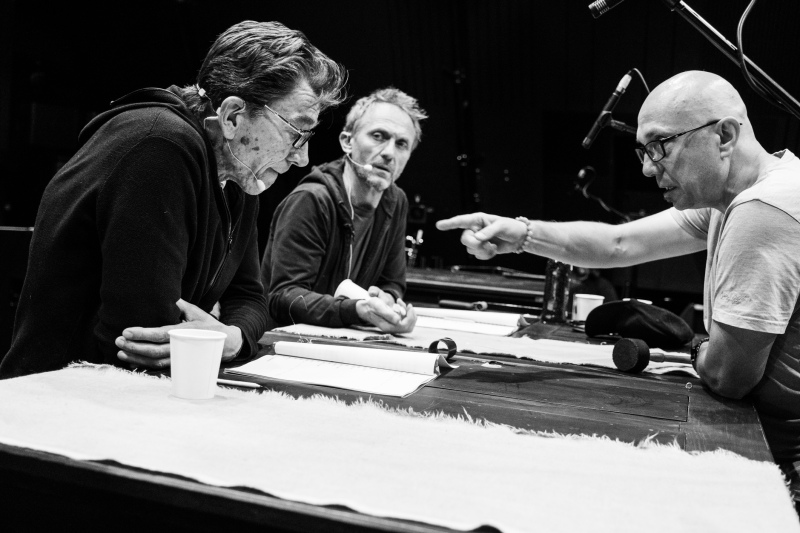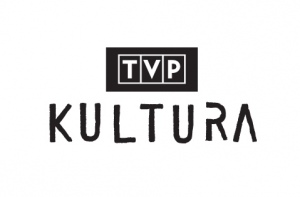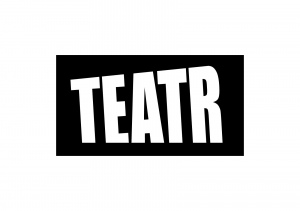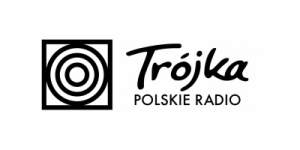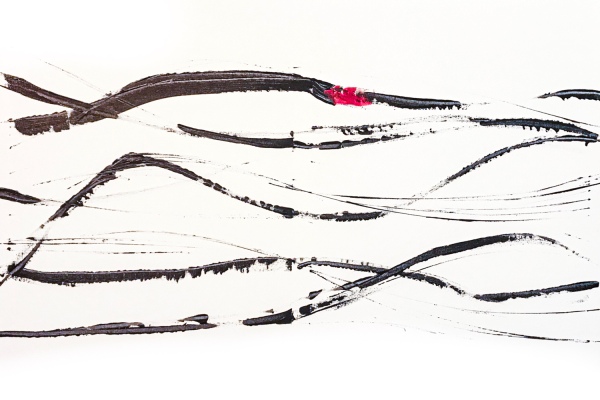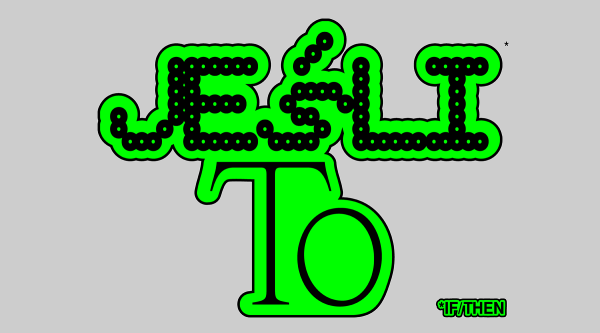God and Dust
Part Three
God and Dust is a series of experimental stage shows blending performance, music, and the visual arts, based on a theatre play by Tomasz Man. Produced as audio theatre, a sound-based format, they are an attempt to translate traditional radio drama into the living stage.
Actors and musicians produce sound onstage by means of various (not only musical) instruments as well as prepared everyday items. Special sound equipment, such as piezoelectric converters or contact microphones, allows, on the one hand, for making ordinary objects audible, and, on the other, for using them in the process of musical composition or improvisation.
In the series of shows, the dramaturge attempts to reinterpret familiar motifs from the Old Testament. God and Dust is the story of man, who, having been expelled from paradise, seeks to find rapport with his maker. The plays raise questions about the development of religion, the circumstances and conditions in which monotheistic religion was born, and the way in which the basic tenets of faith were established.
God and Dust: Part Three is devoted to Moses. We see him in three different periods of his life, in interaction with his brother Aaron. In the first scene, after the revelation on Mount Sinai, Moses intends to lead the Israelites out of Egypt; he is the “voice of God” who has revealed how man should behave to achieve fullness. In the second scene, we see Moses’ reaction to the golden calf, observing an unpredictable leader who cannot control the feelings that grip him. In the third scene, Moses, shortly before his death, presents his vision of a perfect world in a conversation with his dead brother.
Photo: Marta Ankiersztejn
